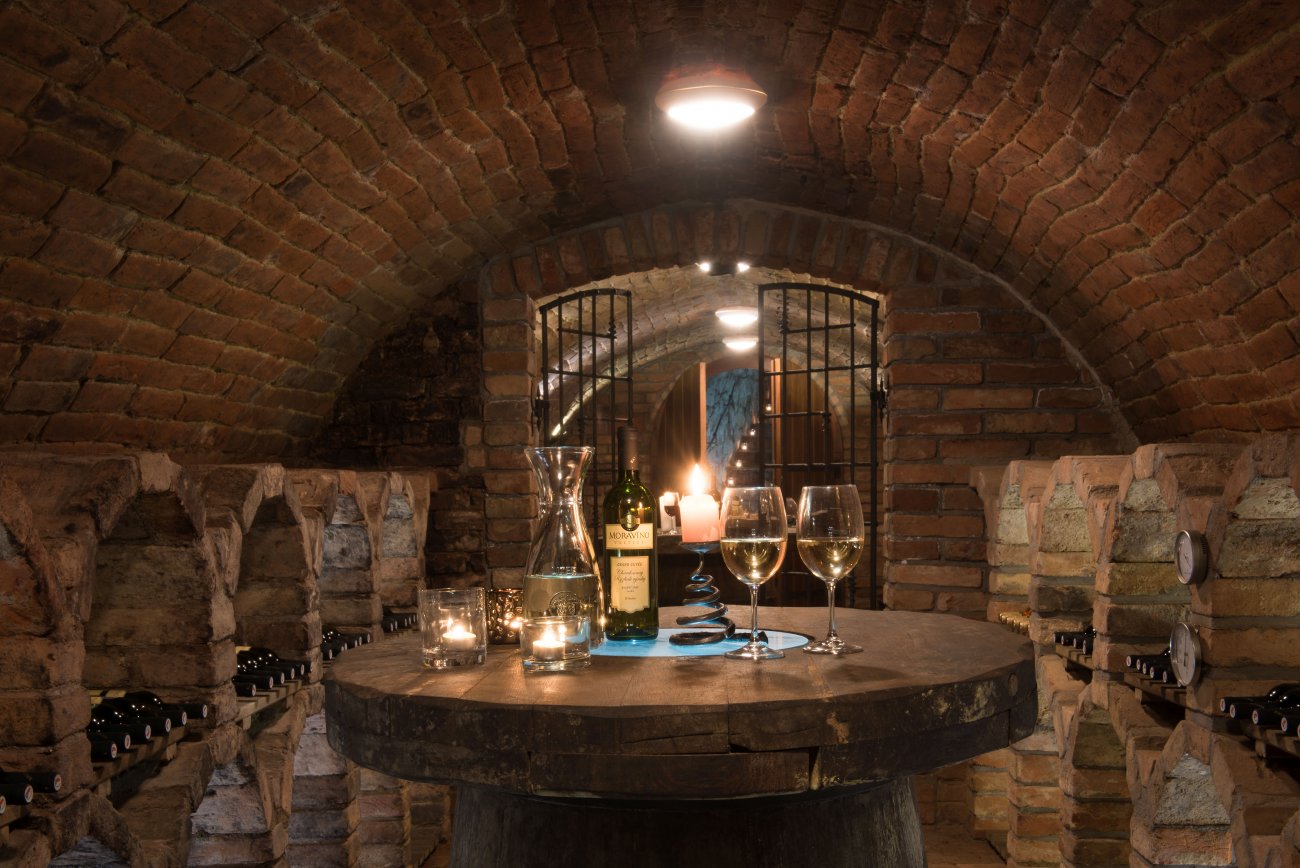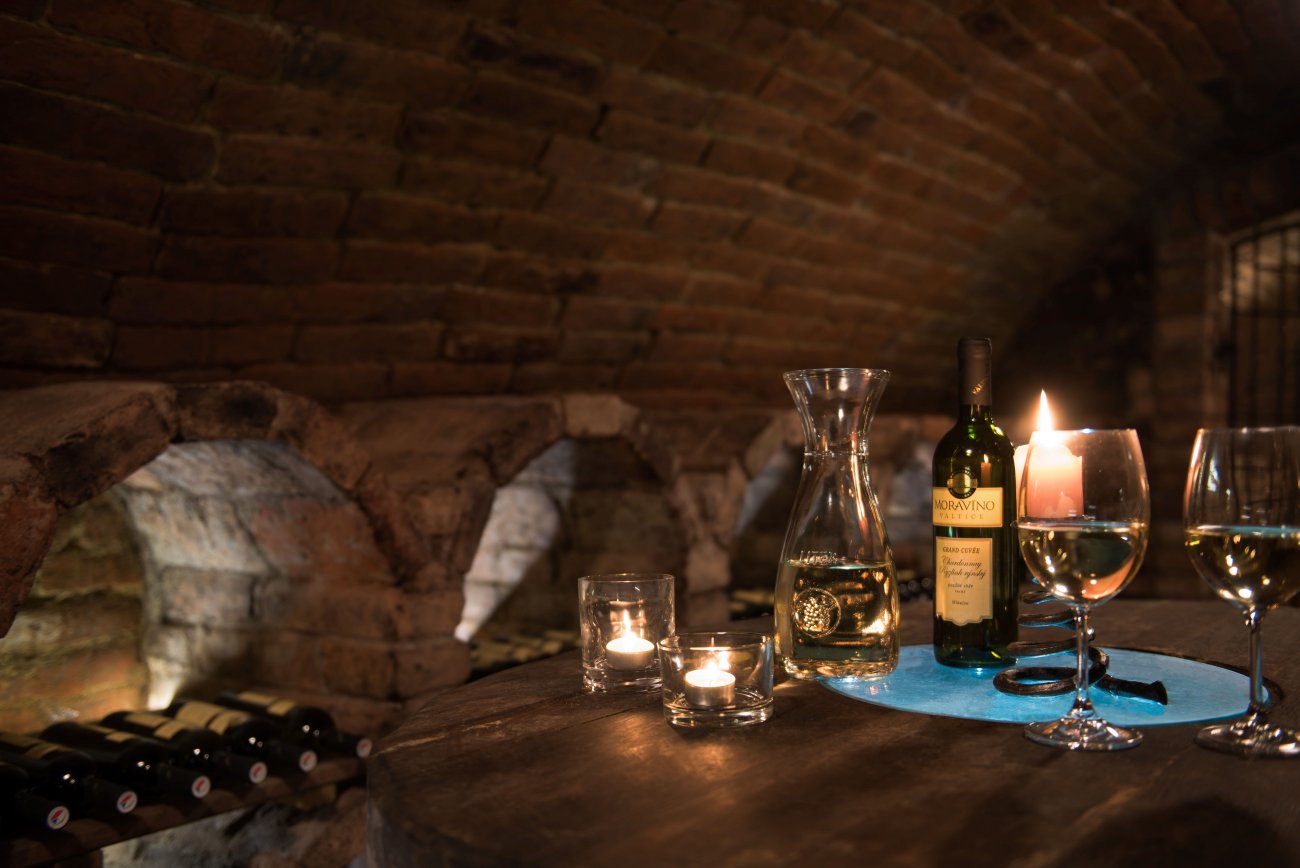













































































































| Repeated visits:100 CZK/house/night |
Additional charges:
Municipal recreational tax 50 CZK/adult /night
Extra bed 500 CZK/person/night
Usage of bio fireplace 200 CZK per stay (1l bottle of industrial alcohol available)
Barbeque rental 200 CZK per stay
Anyone who visited or will visit at least one of our four homes between the 1st of April 2010 and xxxxx
(www.domysdusi.cz) shall be entitled to a discount for the second and more visit to our four homes
100 CZK/night
This discount may only be applied when reserving directly with us
free Wi-Fi, enclosed car park in the building free of charge, high chair and cot free of charge
Breakfast between 8 am and 10 am
All prices are inclusive of VAT
Check in between 2 pm and 8 pm, check out until 11 am
Payments may be made in cash, based on an invoice (in advance) or by payment cards Diners Club International, JCB, MasterCard, Maestro, Visa
No pets allowed
Our guests can use a closed car park for two cars and bicycles situated behind the house.
The main space of the residence is air conditioned with possibility of internet connection. A fully equipped kitchen including electrical appliance and all dishes is available
Under the residence, there is a private cellar with possibility of tasting delicious wines from Valtice, Poysdorf and other wine towns. You can enjoy your wines sitting in glassed winter garden as well.

Residence Adalbert is located in the town Valtice, in the lower part of the wine Street Josefská. Valtice (colloquially Valčice, Feldsberg in German) is a small wine town in Břeclav district in the South Moravian region, 9 km west from Břeclav, on the borders with Austria. Historical centre of the town is protected as a city conservation area.
The first written historical reports on Valtice are known only at the turn of the 12th century, when this place was transferred from the possession of the Bishops of Passau to the power of the Seefeld family. The emblem issued in Regensburg was confirmed by Emperor Henry VI. In 1192, the passage by the bishop of Passau, Wolfkirchen, with Wichard of Seefeld. With this exchange Wolfker Wichard handed over the castle "Veldesperch" with 12 royal ropes, which formed about a larger part of the later town of Valtice. The Seefeld family built a massive border castle and a settlement round the castle became a rudiment of the town. After the defeat of the Seefeld family by the sword in 1270 the family Kuenring and Rauhenstein gained Valtice.
In 1347 they sold their share to the family Kuenrings Potendorf, and so from this year Valtice was divided between the Potendorfs and the Rauhensteins. In 1387, bequeathed the third wife of John I. Liechtenstein Elizabeth, born Puchheim, her husband-sixth share of the Valtice Liechtensteins became the custodian of the city. Thus begins a long era of Liechtenstein in Valtice. From 1391 as late as till 1945 the town was in possession of the Liechtenstein family, which reconstructed its area and surroundings together with Lednice area into a unique landscape complex of European importance. Through entire middle ages and modern period the town was a part of Lower Austria. Connection of Valtice with its surroundings with the Czechoslovak Republic came about as part of the peace treaty of Saint-Germain as late as in 1920. It became a part of Moravian Mikulov district. Lednice - Valtice Areal is a part of the UNESCO World Cultural Heritage Index.

Valtice is the second largest wine town in the Czech Republic. It is a residence of many wine institutions as The National Wine Centre and Wine Academy. Wine Salon of the Czech Republic - permanent wine-tasting exposition of 100 best wines in Czech Republic can be visited in the Valtice Castle. Valtice Wine Fair is the best and the oldest wine exhibition in Czech Republic. Valtice is rightly mentioned as a wine capital of our country.
„Hail be Valčice, wineferous land...”
Yes, wine has been glorified by poets from time out of mind. Wine has accompanied mankind for five thousand years at least. Throughout this age it has brought men into habits, when he wants to express his joy by a poem or a song and it has made him forget everyday troubles.

Valtice is tied up to viticulture and this tradition is thousand years old. As a residential town of one of the richest families in central Europe for long time it was commercial and administrative centre of the area situated on both sides of Austrian - Czech border and natural viticulture centre of wine growing areas in both present republics.
First written record concerning Valtice viticulture comes from the 14th century. Valtice documents and charters preserve record that on 24th April 1344 Ulrich of Valtice sold out his vineyards to brothers of Rauhenstein. There are 1175 vineyards within the range of 2075 achtels i.e. approximately 520 acres or 300 hectares written in the cadastre from 1798. 91 achtels of these vineyards belonged to authorities, 22 to Merciful Brothers Convent, 18 to vicar, and 34 achtels to municipality. As early as in 1855 the Local Association for Agriculture and Viticulture was founded. This association supported development of agricultural production. It was one of the largest and the most important agricultural associations in Lower Austria. This association organized exhibition in 1858 under the auspices of the Duke Jan II. of Liechtenstein in the castle riding-hall. For the first time two thousand samples of wine from Valtice and neighbouring wine towns and villages were available for tasting. This way tradition of Valtice wine exhibition was established. The only Secondary Technical School of Winery in the Czech Republic has worked here since 1873.
Wine cellars and their architecture form independent chapter in the history of viticulture. Most of them were hollowed in sandstone or hard loamy clay in Moravia. Other wine cellars have stone, brick, or combined vaults. These vaults were made in two ways. By digging when clay was excavated down from top and carried out in canvases or tubs. After removing clay wooden construction for vault was built. The vault was stoned or bricked up. Then it was covered with necessary amount of clay. Vaulted wine cellars in large slope were circled at first and then above mentioned procedure took place of vault construction just the space originated between the vault and original slope was filled up with rammed clay.
This kind of construction was used in case of the residence Adalbert. The vault of our cellar was created with combination of stone and bricks (especially frontal part and connecting corridor). It is possible to assume that used burnt bricks came from close princely brickworks. Witness is discovery of marked bricks with mark HF. As our cellar was excavated below the ground level, sloping connecting corridor was built here. In our case the corridor connects former winepress house with cellar itself. The corridor together with the height of the soil over the cellar assures constant temperature. Aerating of cellar space is provided by vents. Wine cellars and winepress houses were built close to vineyards. In our case there are wine trails Hintertály and Upper Quarters near Josefská Street.

Lately wine buildings, especially winepress houses are rebuilt. Winepress houses are transformed into the rooms for wine tasting and nice sitting. Over the winepress house are built apartments for staying overnight. The residence Adalbert is not exception: in 2016 luxury apartment with area 140 m2 containing two bedrooms, sitting room, winter garden, closed car park, and above all with a historical wine cellar was built over the winepress house.